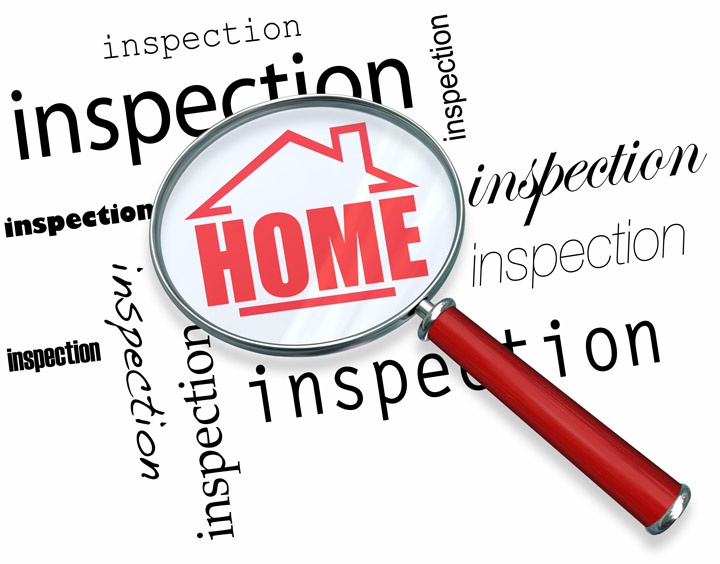
An Overview of the Appraisal ProcessTheir home's purchase is the most serious transaction most of us might ever consider. It doesn't matter if a main residence, a second vacation property or an investment, the purchase of real property is a complex financial transaction that requires multiple parties to pull it all off. You're likely to be familiar with the parties having a role in the transaction. The real estate agent is the most known person in the exchange. Next, the lender provides the financial capital necessary to bankroll the deal. And the title company ensures that all aspects of the transaction are completed and that a clear title passes to the buyer from the seller. So, what party makes sure the value of the property is consistent with the amount being paid? In comes the appraiser. We provide an unbiased opinion of what a buyer could expect to pay — or a seller receive — for a parcel of real estate, where both buyer and seller are informed parties. A licensed, certified, professional appraiser from IMA Appraisal Services will ensure, you as an interested party, are informed. Appraisals begin with the inspectionTo ascertain the true status of the property, it's our duty to first perform a thorough inspection. We must see aspects of the property hands on, such as the number of bedrooms and bathrooms, the location, and so on, to ensure they indeed are there and are in the shape a reasonable buyer would expect them to be. The inspection often includes a sketch of the house, ensuring the square footage is proper and conveying the layout of the property. Most importantly, we look for any obvious amenities - or defects - that would affect the value of the house. Following the inspection, an appraiser uses two or three approaches to determining the value of the property: a paired sales analysis, a replacement cost calculation, and an income approach when rental properties are prevalent. 
Cost ApproachThis is where the appraiser analyzes information on local construction costs, the cost of labor and other elements to derive how much it would cost to replace the property being appraised. This figure often sets the upper limit on what a property would sell for. The cost approach is also the least used predictor of value. 
Analyzing Comparable SalesAppraisers get to know the communities in which they appraise. They innately understand the value of certain features to the residents of that area. Then, the appraiser looks up recent transactions in the vicinity and finds properties which are 'comparable' to the subject at hand. Using knowledge of the value of certain items such as square footage, extra bathrooms, hardwood floors, fireplaces or view lots (just to name a few), we add or subtract from each comparable's sales price so that they are more accurately in line with the features of subject.
An opinion of what the subject could sell for can only be determined once all differences between the comps and the subject have been evaluated. At IMA Appraisal Services, we are experts when it comes to knowing the value of particular items in Hebron and Tolland County neighborhoods. The sales comparison approach to value is most often given the most importance when an appraisal is for a real estate exchange. Valuation Using the Income ApproachA third method of valuing real estate is sometimes employed when an area has a reasonable number of rental properties. In this situation, the amount of revenue the property produces is factored in with other rents in the area for comparable properties to give an indicator of the current value. ReconciliationAnalyzing the data from all applicable approaches, the appraiser is then ready to put down an estimated market value for the subject property. The estimate of value at the bottom of the appraisal report is not always the final sales price even though it is likely the best indication of what a property is worth. There are always mitigating factors such as the seller's desire to get out of the property, urgency or 'bidding wars' that may adjust an offer or listing price up or down. But the appraised value is typically used as a guideline for lenders who don't want to loan a buyer more money than they could get back in case they had to put the property on the market again. At the end of the day, an appraiser from IMA Appraisal Services will guarantee you attain the most fair and balanced property value, so you can make profitable real estate decisions. |